Upon first glance, last month’s “Caption This” photograph may have instinctively prompted some to search for differences between two seemingly identical images. However, it wasn’t a “spot the difference” puzzle; it was, in fact, a stereograph.
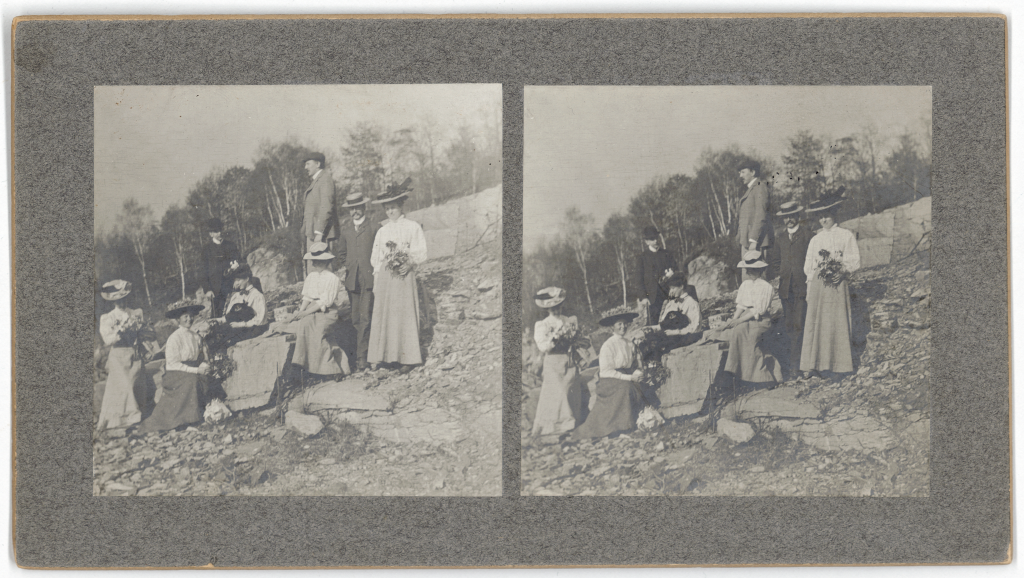
Stereography, a photography technique, holds the power to transport viewers into a 3D world through 2D photos. This technique reshaped the way people experienced images during the Victorian period. Before we delve into the history of stereographs, here are our favourite captions!
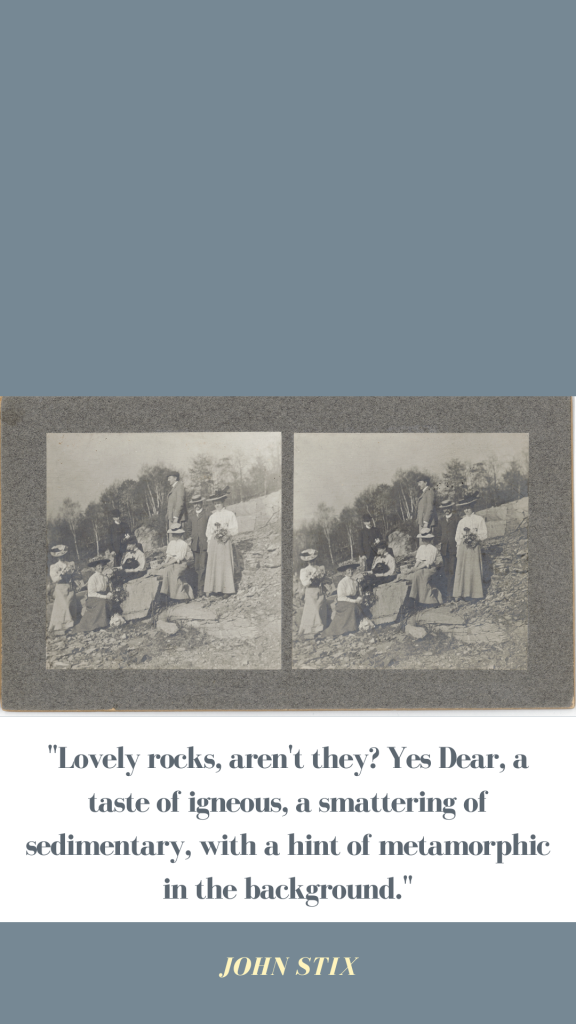
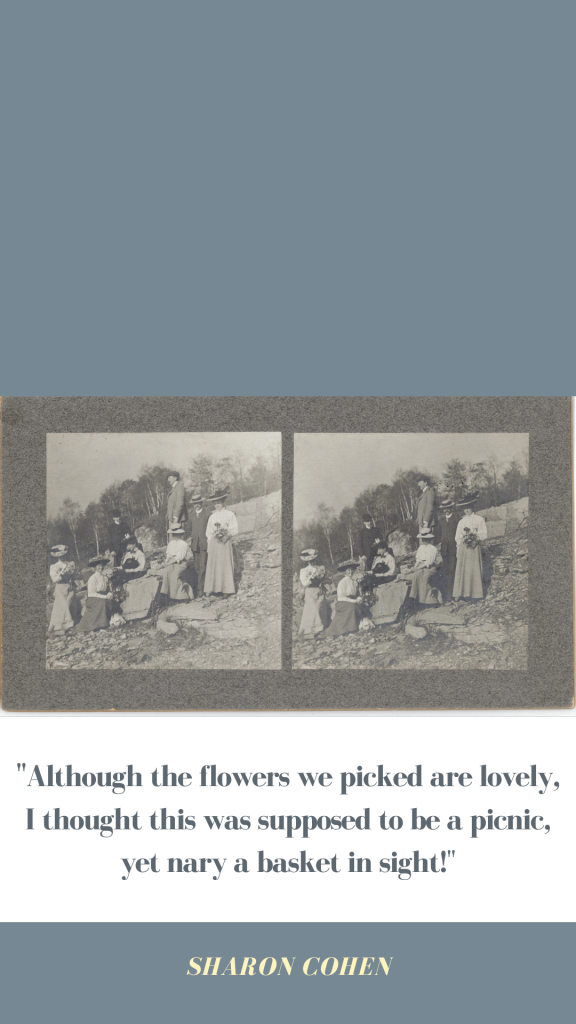
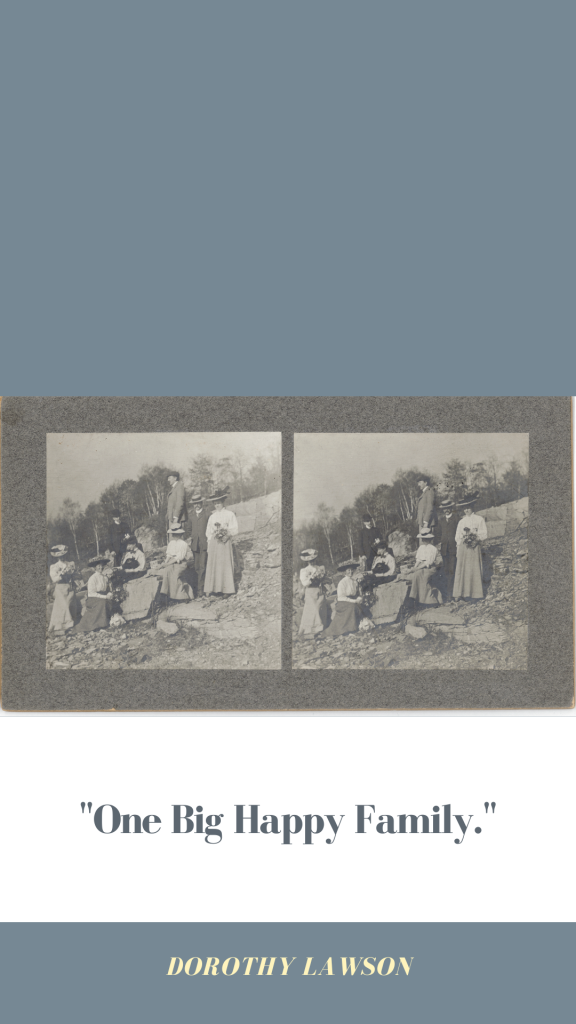
So, what exactly are stereographs? They are two photographs of the same scene, captured simultaneously from slightly different angles. When viewed through a stereoscope or a similar device, which uses lenses and prisms to merge the two images, stereographs produce an effect of three-dimensionality, allowing the scene to come to life. During the Victorian era, stereoscopes were available in various designs, ranging from handheld devices to elaborate tabletop models, adding to the allure of this photographic phenomenon.
This handheld stereoscope from our collection was a more affordable viewer than the deluxe tabletop models:
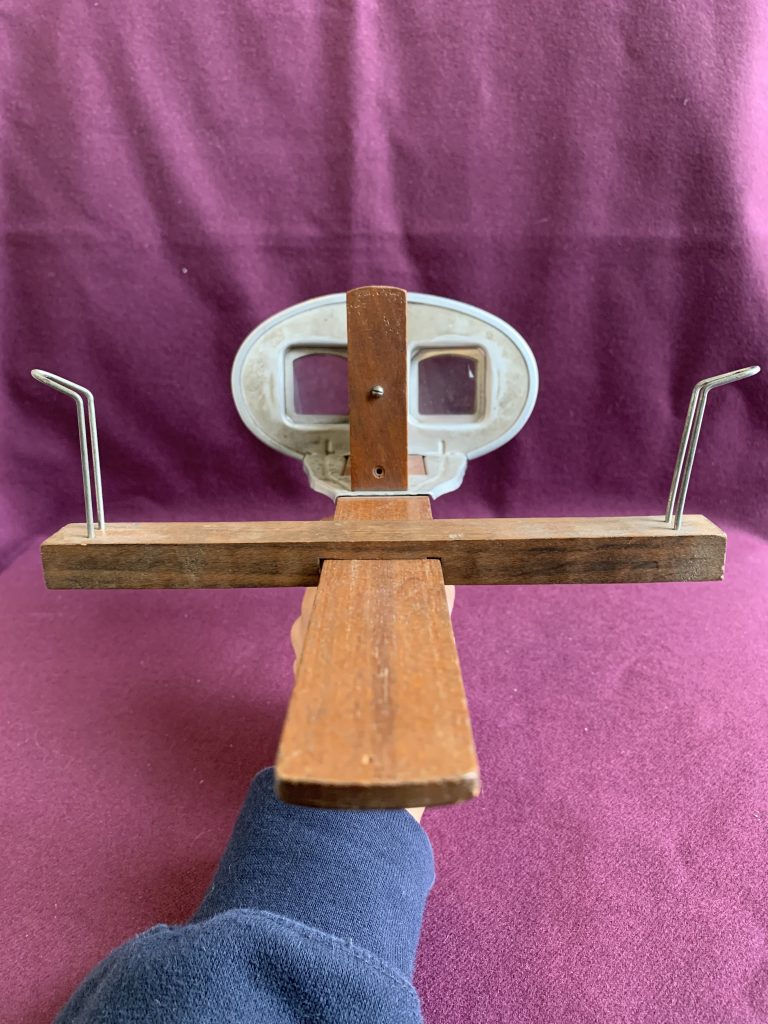
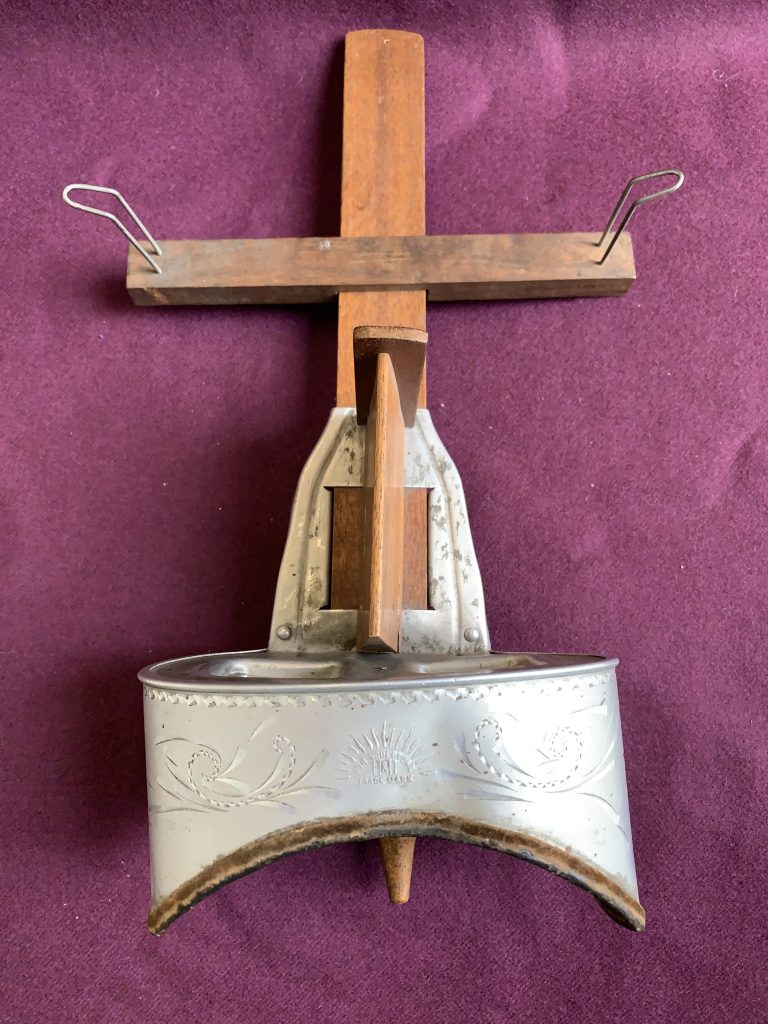
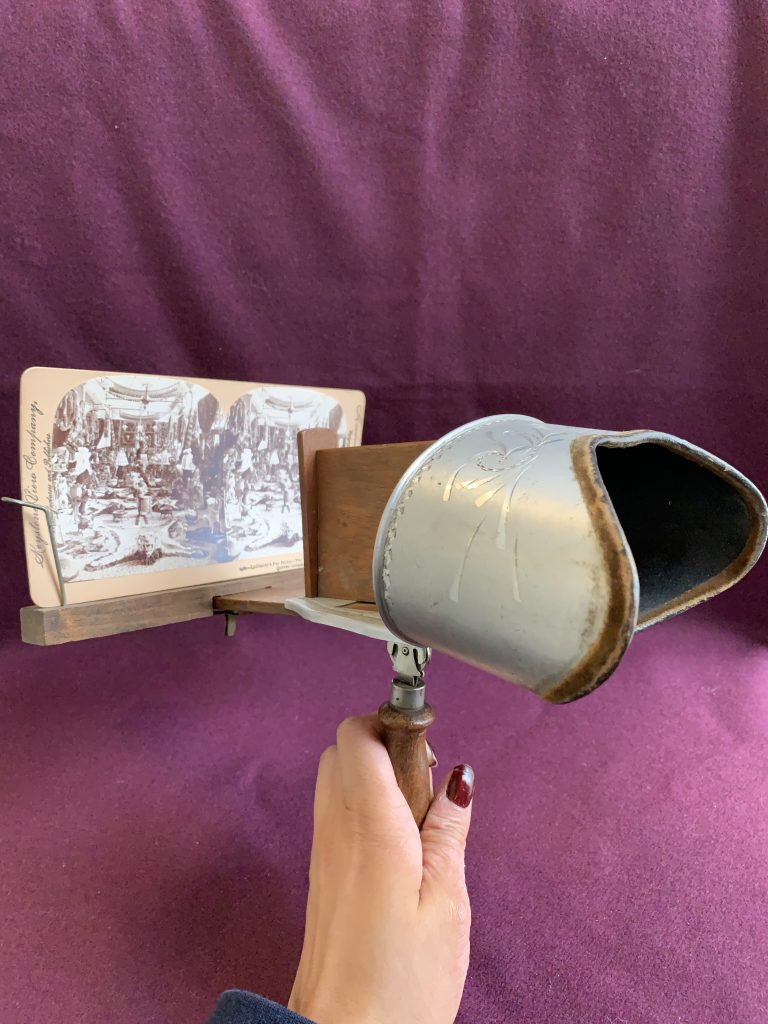
The concept of stereography was initially introduced by the English physicist Charles Wheatstone in 1832. However, it was the Great Exhibition held in London in 1851 that ignited the rapid popularity of stereographs. This remarkable event showcased technological advancements and sparked a curiosity for new forms of visual entertainment. The ability to transport viewers to distant places, while providing a heightened sense of depth and realism, made stereographs an instant sensation.
It wasn’t until 1856 that the techniques behind stereography were perfected with the introduction of the twin-lens camera. This groundbreaking camera allowed for the simultaneous capture of two images, positioned approximately a few inches apart. This innovation marked a significant milestone in the evolution of stereographs, enhancing their ability to recreate a lifelike three-dimensional experience.
If you’re eager to explore the enchanting world of stereographs further, we invite you to delve into the extensive collection of stereographic photographs available in the McGill collections. These images offer glimpses into everyday life, scenic landscapes, iconic landmarks, and even historic events.
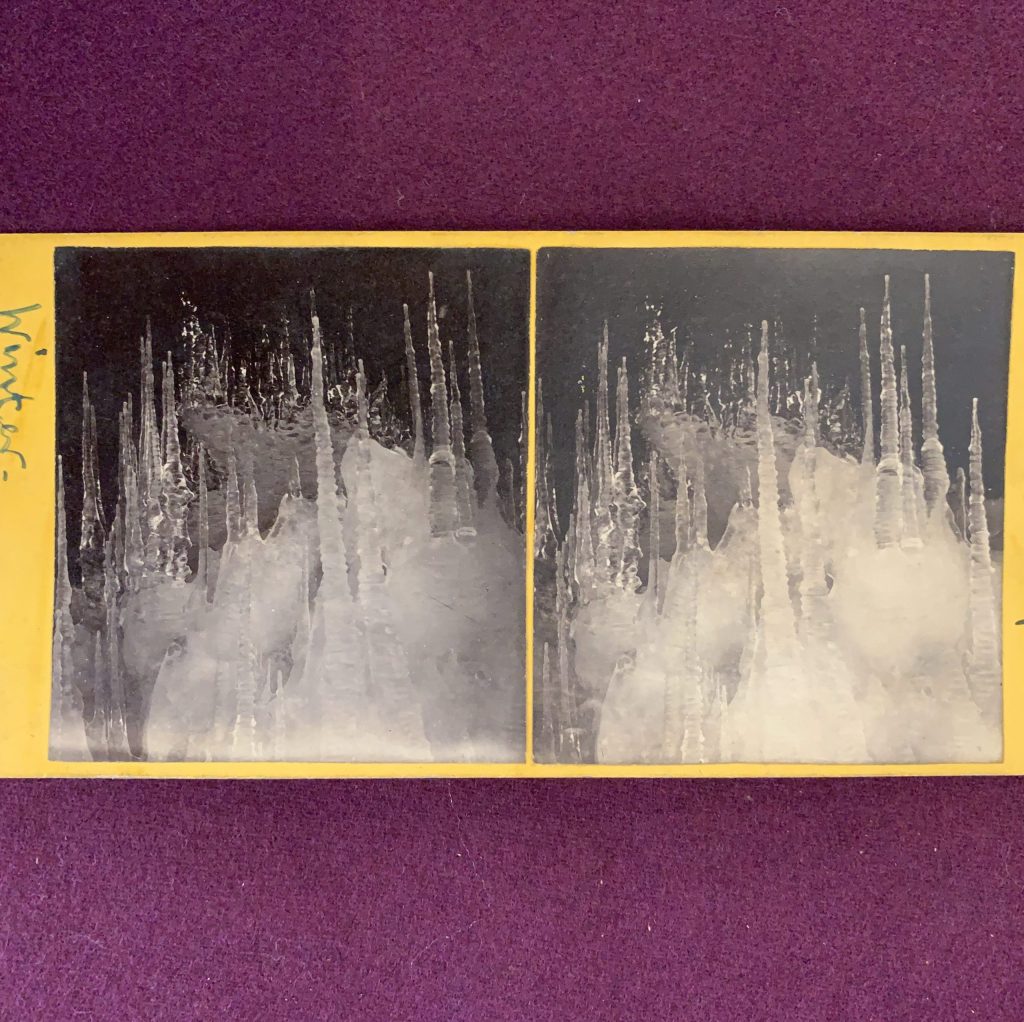
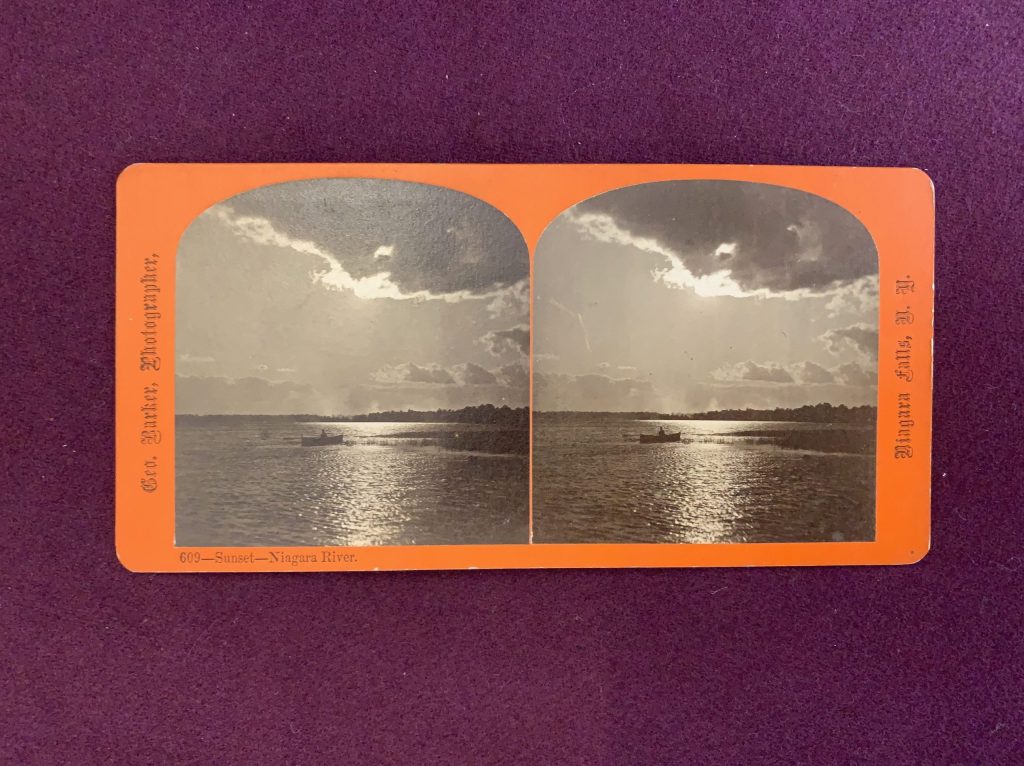
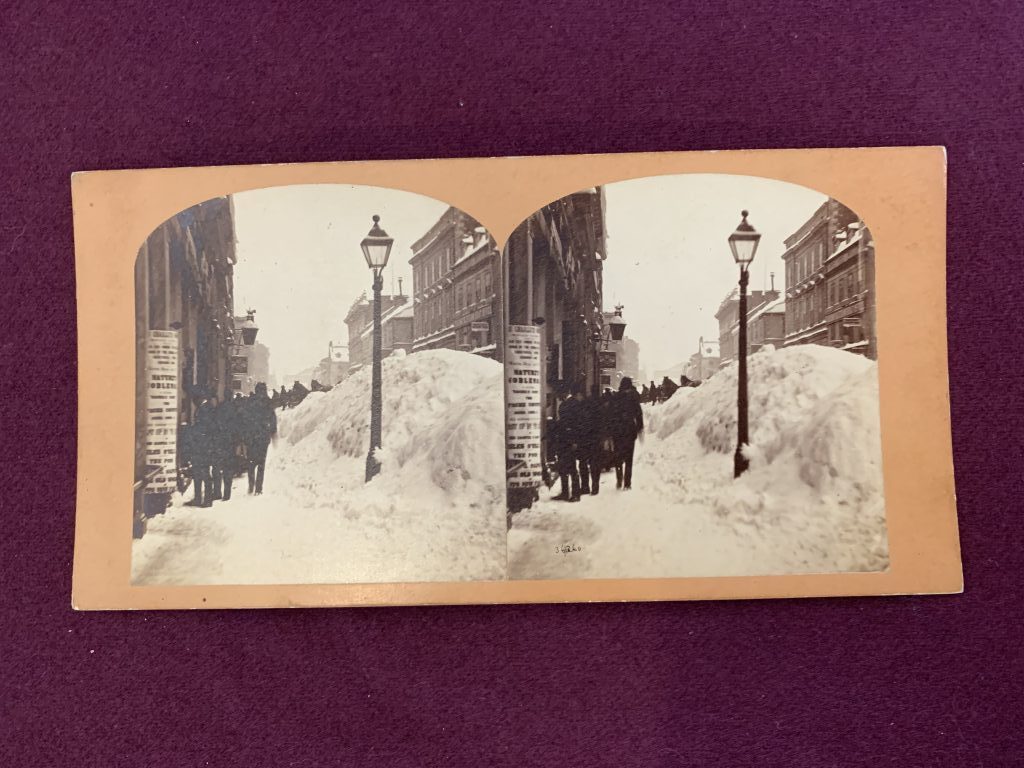












Leave a Reply
You must be logged in to post a comment.